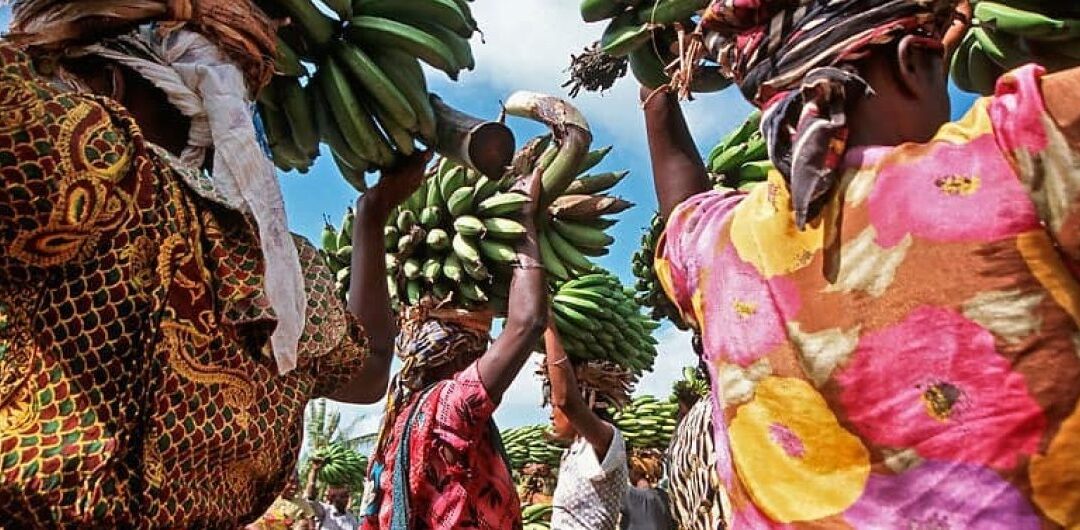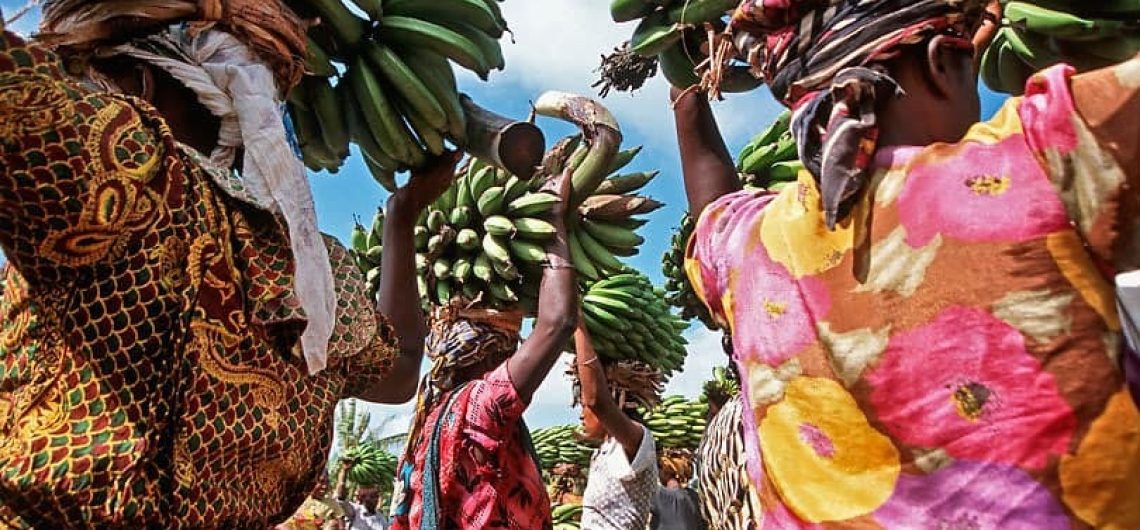At the foot of Africa’s highest peak, Mount Kilimanjaro, lies a vibrant culture rich in history and tradition: the Chagga. Nestled in the lush slopes, the Chagga people have thrived for centuries, innovating agricultural practices and creating complex social structures that intrigue anthropologists. Is their lifestyle a testament to adaptability, or does it reveal a deeper connection to the land?
The Chagga culture is deeply woven into the fabric of their daily lives, reflecting a blend of indigenous beliefs and colonial influences. Their unique banana-beer, ‘mbege,’ and the extended family homesteads, emphasize their communal and resilient nature. Moreover, over 600,000 Chagga people contribute significantly to Tanzania’s agricultural sector, particularly in coffee production, symbolizing their enduring legacy and pivotal role in the region’s economy.
Chagga Culture: The Heart of Kilimanjaro
The Chagga people live on the slopes of Mount Kilimanjaro, which adds beauty to their lifestyle. They are known for their farming skills, particularly in growing coffee and bananas. Their rich soil and hard work have made them successful farmers. This agricultural success has marked the Chagga as a vital part of Tanzania’s economy. Their terraces and irrigation systems show advanced agricultural techniques.
One fascinating aspect of Chagga culture is their traditional homes called “msonge” houses. These houses are made with grass roofs and wooden walls, set to blend into the environment. Inside, the family living quarters are organized around a central fireplace. This structure keeps them warm during colder nights on the mountain. Each “msonge” holds many memories and stories.
Trade and social life thrive in local markets. These markets are more than just places to buy and sell goods. They serve as a community hub for sharing news and traditions. People gather to trade everything from food to handmade crafts. The energy of these markets highlights the community’s spirit.
Chagga culture also includes unique ceremonies and dances. These events often take place during harvests or important community milestones. Traditional dance plays a significant role, featuring vibrant costumes and rhythmic movements. Here, music and song bring people together, celebrating their heritage. Each beat and step carries the legacy of the Chagga people.
Exploring the unique traditions and customs of the Chagga people
One of the most unique traditions of the Chagga people is the brewing of ‘mbege,’ a banana beer. Made from fermented millet and bananas, ‘mbege’ is deeply rooted in their social and cultural practices. This drink is often shared during special occasions and community gatherings. Its preparation involves a communal effort, reinforcing social bonds. It also reflects their agricultural ingenuity.
The Chagga have a tradition of storytelling, known as ‘orature,’ which is passed from generation to generation. Elders sit around the fire at night, telling stories that teach moral lessons and preserve history. These tales often include animal characters and mythical beings. Listening to these stories helps younger generations understand their heritage. It also keeps the tradition alive in the modern world.
Another fascinating custom is their intricate beadwork. Women create beautiful necklaces, bracelets, and earrings that hold cultural significance. These beaded items are often worn during festivals and rites of passage. Each color and pattern symbolizes different aspects of their culture. This art form showcases their creativity and attention to detail.
The Chagga people’s agricultural practices are also unique and sustainable. They use a method called intercropping to grow several crops in one plot. This not only maximizes land use but also improves soil health. They integrate livestock farming with crop production, creating a balanced ecosystem. Their farming techniques have been admired for generations. This approach ensures food security and environmental conservation.
The Role of Coffee and Bananas in Chagga’s Economy
Coffee plays a crucial role in the economy of the Chagga people. Grown on the slopes of Mount Kilimanjaro, Chagga coffee is renowned for its rich flavor. Farmers dedicate much care to cultivating and harvesting coffee beans. This crop is a significant source of income for many families. The global demand for high-quality coffee ensures a steady market.
Bananas are another essential crop for the Chagga, integral to their sustenance and trade. Known locally as ‘ndizi,’ bananas come in various types, each serving different purposes. Beyond being a staple food, bananas are used to prepare ‘mbege’ beer. In the markets, trading bananas provides a stable income. The versatility of this crop makes it indispensable.
The combination of coffee and banana cultivation supports a sustainable agricultural system. This intercropping enhances soil fertility, reducing the need for chemical fertilizers. Moreover, it provides a continuous income stream throughout the year. Farmers can sell coffee at peak times and bananas in alternating cycles. This practice is both economically and environmentally beneficial.
Boosting the economy, these two crops also define the Chagga’s identity. Their meticulous farming processes demonstrate their dedication and hard work. With the global appreciation of Chagga coffee and bananas, their fame and revenue continue to grow. These crops link them to a broader world market. Thus, coffee and bananas are more than just crops; they are economic pillars.
The Impact of Tourism on Chagga Culture and Community
Tourism has greatly influenced the Chagga community, both economically and culturally. With Mount Kilimanjaro nearby, many tourists visit the area. This influx of visitors has created numerous job opportunities. Local guides, porters, and lodge operators benefit from the tourism industry. However, this economic boost also comes with challenges.
One major impact of tourism is the preservation and promotion of Chagga culture. Visitors are keen to learn about local traditions and customs. This interest encourages the community to maintain their cultural practices. Tourists are often invited to participate in traditional dances and ceremonies. This interaction fosters cultural exchange and mutual appreciation.
However, tourism can also lead to cultural erosion. Exposure to foreign lifestyles and values may influence the younger generation. They might adopt behaviors and habits that differ from their traditional ways. This shift can sometimes create generational conflict. Balancing tradition with modern influences remains a challenge.
The environment also feels the impacts of increased tourism. The high foot traffic on Mount Kilimanjaro trails can lead to soil erosion and littering. Conservation efforts are essential to protect the natural habitat. Sustainable tourism practices are being promoted to mitigate these effects. The Chagga community is increasingly aware of the need to care for their environment.
Tourism revenues have funded community development projects. Improved infrastructure such as roads, schools, and healthcare facilities benefit everyone. Investments in local businesses have helped diversify the economy. These improvements contribute to a better quality of life. The community continues to find ways to maximize the benefits while minimizing the downsides.
Key Takeaways
- The Chagga people live on the slopes of Mount Kilimanjaro.
- Coffee and banana farming are central to their economy.
- Chagga culture includes traditional music, dance, and communal events.
- Tourism has both positive and negative impacts on their community.
- Sustainable practices are important for preserving their environment.



